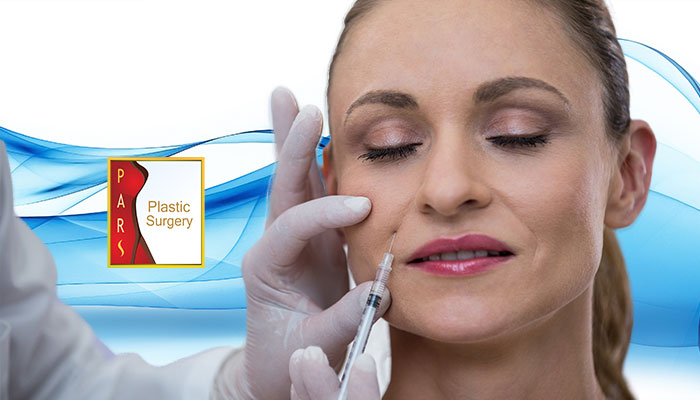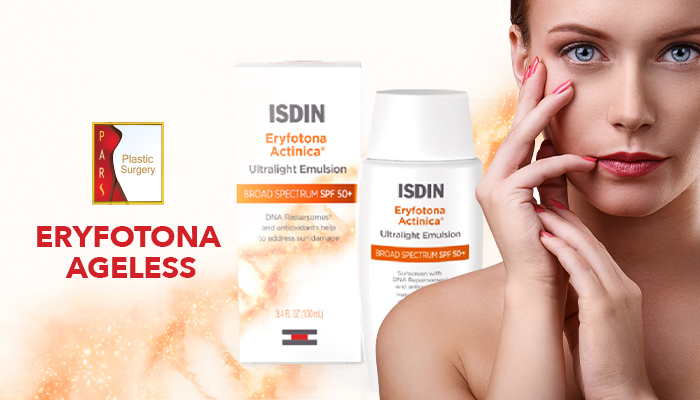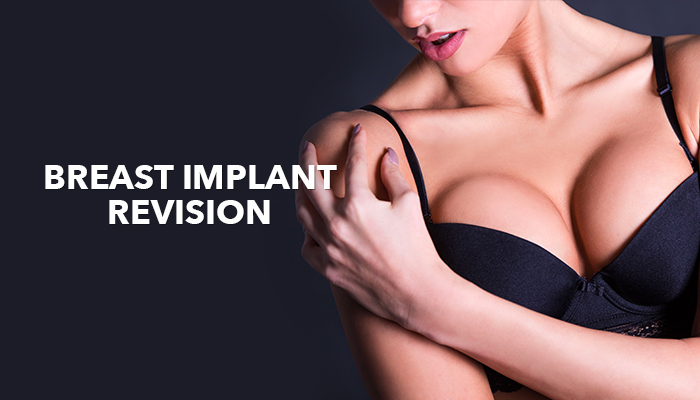
Xeomin (incobotulinumtoxinA) is a new type of botulinum toxin which is commonly used (with a medical prescription) to clear wrinkles in the upper part of the face, specifically between the eyebrows or glabellar lines. This product is used to create a youthful appearance in adults. The plastic surgeon injects it directly into the muscles to smooth the wrinkles in adults.
Xeomin is a pure protein; it has no additives (accessory proteins), which decreases the probability of creating antibodies, compared to other available neurotoxins. Therefore, with the use of Xeomin, the patient does not have to worry about their immune system; furthermore, the effectiveness of treatment should not be diminished with subsequent treatments.
Like Botox, Xeomin is a product of the serotype A of the Clostridium botulinum bacteria; thus, Xeomin inhibits the liberation of acetylcholine (a neurotransmitter), producing less contracture at muscles, and hence a skin less wrinkled.
It is important that the patient knows that Xeomin’s effects are only confined to the specific site where it is injected, which means that when the plastic surgeon treats a muscle, others will not be affected.
Xeomin is a product approved by the FDA to be used as a treatment for blepharospasm and cervical dystonia—it does not just serve aesthetic purposes. Before approving Xeomin, the FDA did extensive reviews, including the results of severe clinical trials; most of them reported the efficacy and safety of using Xeomin. This product didn’t have an inferior efficacy compared to Botox in the treatment of cervical dystonia, even when using the same dose. Likewise, Xeomin has been approved for cosmetic indications by the FDA, including severe wrinkles between the eyebrows and other facial frown lines.
When to use Xeomin?
Xeomin is a perfect product to be used in the muscles of the upper area of the face. With this product, the surgeon can clear the horizontal creases of the patient’s forehead, which make them look older and more worried than they actually are. Likewise, Xeomin can be used to eliminate or smooth the vertical creases formed between the eyebrows, commonly known as “11” lines, which may create an angry appearance in the patient.
Xeomin can also be injected into the borders of the eyes to eliminate wrinkles, commonly called crow’s feet; it also functions to create a smoother aspect in the chin. In some cases, it can be used to raise the eyebrows and, less commonly, to raise the nasal tip.
How much does a Xeomin injection cost?
The costs of Xeomin are commonly similar to the ones of Botox, but in some cases they are a little lower. However, the price is not yet defined, because the use of Xeomin was only very recently approved in the United States, but some experts say that Xeomin costs $10/unit.
This means that the costs will vary per patient, according to the extension of the treatment. Typically a patient needs 20 units at the “11” lines, 10-15 units at the forehead, and 15-25 units at the crow’s feet. This means, in total, the price will range from $100 to $250, not including the extra costs (like medical fees).
In which cases is the use of Xeomin contraindicated?
The patient should avoid Xeomin if they are allergic to it or to other ingredients in the product, or if they have had a prior allergic reaction to products from the botulinum toxin line (like Myobloc®, Botox®, or Dysport®). Another contraindication is active skin infection in the site where the injection will be performed.
What should the patient discuss with their surgeon during the first consultation?
Before the patient takes Xeomin, they should tell their surgeon about their medical conditions, especially including diseases that affect neuromuscular function (including amyotrophic lateral sclerosis-ALS and myasthenia gravis), because patients with these underlying diseases have an increased risk of severe side effects, like problems breathing or swallowing.
Likewise, breathing diseases such as asthma or emphysema should be reported to the doctor, even if the patient had them in the past; other conditions that should be reported include swallowing troubles, history of aspiration (presence of fluids into lungs), coagulation disorders, saggy eyelids, and intentions to undergo surgery or prior procedures in the face.
The patient (if she is a woman) should also tell the doctor if she is pregnant, desires or intends to become pregnant (it is unknown if this product can cause damage to the baby), or if the patient is currently breastfeeding (it is unknown if this product is passed to the baby through the breast milk).
During this consultation, the patient should inform the surgeon about all of their current medications and supplements (especially antibiotics by injection, muscle relaxants, allergy or cold medicine, sleep medicine, or blood thinner medicine). If the patient needs to start a different treatment with another doctor, they should inform them that they have recently received Xeomin, in order to avoid interactions.
Most important is that the patient tells the doctor if they have used injections of other products from the line of botulinum toxin, and the time that has elapsed from this treatment, and exactly which of those products they received.
What is the procedure of a Xeomin injection?
It is a simple procedure, but only an experienced health care professional should perform it. The area to be injected is cleansed with a non-alcohol cleaner. Although most people tolerate the injection discomfort well, in some cases the doctor can first inject a numbing medication into the skin. After that, the injection is performed in the specific area to be treated.
The effects of Xeomin occur within one week, and the results last from three to six months, making it similar to Botox in terms of both onset and duration of action; however, Xeomin should not be used interchangeably with other botulinum products. For optimal results, some experts recommend treatment every 4 months. When the treatment has lost its effect, muscle activity resumes, and the patient can further relax the muscles and develop even deeper folds.
What should a patient do after a Xeomin injection?
The patient should maintain the head vertically for at least the first hour after the injection. However, the treated muscles should be moved; for example, if the patient’s forehead was injected, it is recommended to raise and lower the eyebrows. In the case of crow’s feet, the patient should repeat movements such as smiling after relaxing the face.
All of these movements should be done repeatedly. It is prohibited to wear hats, caps, and headbands, because they can spread Xeomin down.
Likewise, exercising is prohibited during the first 48 hours after the injection; if the patient desires to apply makeup, it should only be applied in a vertical direction, but is better to avoid it.
What are the risks of a Xeomin injection?
When the patient uses Xeomin, they can experience generalized weakness, vision problems, and drooping eyelids from a couple of hours to several weeks after the injection. If the patient presents any of these side effects, they should avoid certain activities, such as driving and working with machines—among other activities that may propose a risk.
Other side effects may also appear, including breathing and swallowing problems. This condition is worse when the patient has an underlying breathing disease; they may need to use accessory muscles to breathe properly, or they may have more severe breathing problems (even death).
Another undesired result is the spread of toxins. There is a condition known as “botulism,” which occurs when the botulinum toxin spreads to other areas of the body that were not injected and causes the same effects; in this case, the patient may experience loss of strength and generalized weakness, blurred or double vision, ptosis in the upper eyelids, changes in the tone of the voice, slurred speech, incontinence, and others.
Dr. Amjadi MD, DDS, FACS
Certified by the American Board of Plastic Surgeons
915 Gessner Rd #870
Houston, TX 77024
713-465-6198













